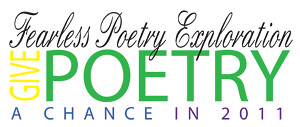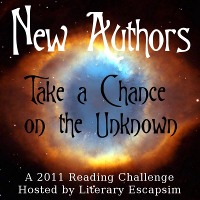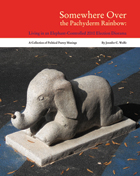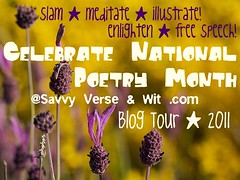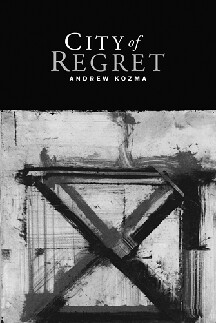
The Tree It Was by Sandra Fuhringer is the 15th book in Marco Fraticelli’s Hexagram Series based on the ideographs of the I Ching and is published by King’s Road Press. Her hexagram is The Source or The Well, “which represents the deep, inexhaustible, divinely centered source of nourishment and meaning for humanity.” The Book of Changes is a divination system or later a cosmology system that espouses the dynamics of balance (i.e. yin and yang) and the inevitability of change. Furhinger’s haiku certainly reflect change and the struggle with maintaining balance.
First, the expansive white space surrounding each haiku provides readers a moment of pause between haiku, allowing them to visualize each one’s images and absorb its meaning. The collection begins with a haiku demonstrating the hidden strength in even those of us who are perceived as weak, pushing through even the most difficult circumstances. In a way, the first haiku demonstrates that each of us has a well of strength from which we can draw at any time.
Fuhringer’s poems bring to light our embarrassments, our fears, and our pain with the shrill sounds of ambulances and the coloring of pictures by children. Others have a surreal quality to them, like a patient on morphine or under other treatments that leave them dissociated from their bodies. Not all of these poems worked as traditional haiku with surprising last lines, but a majority of the collection is near perfect. About midway through the collection, the traditional form of haiku is modified as the poet seeks to draw immediate attention to juxtapositions within her words — such as Hiroshima pulled downward from the “h” in kittyhawk.
From page 3 (one of my favorites for its startling imagery):
five tries to get a vein
the leaf’s purple
underside
The poet’s narrator is The Tree It Was, and you can’t help but think that the narrator is Sandra Fuhringer in her most raw moments. Many poets have personal connections to their poems, but how many can say that their poems are an embodiment of their daily struggles while simultaneously providing the strength they need to continue fighting? This slim chapbook is a testament to The Well of the I Ching, and Fuhringer should be applauded for broadening the spirit of the Book of Changes into Western culture.
Also reviewed by one of my favorite short form online literary magazines, LYNX (please scroll down the page in the link).
